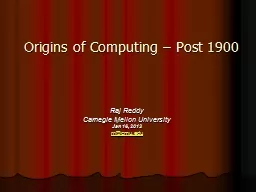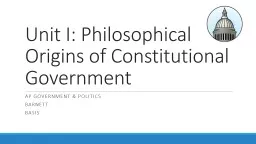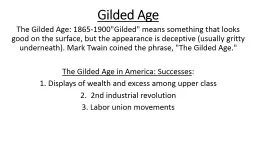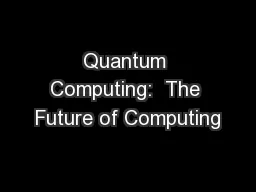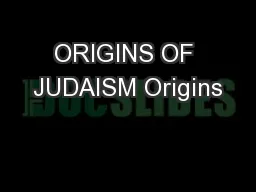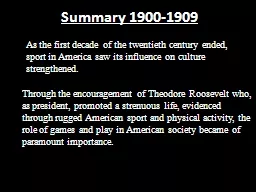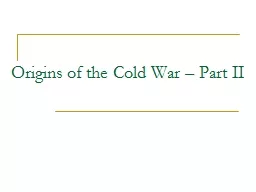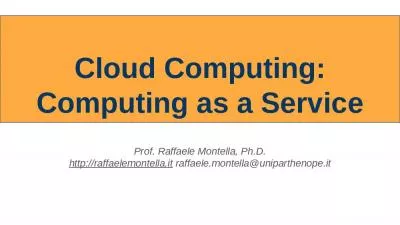PPT-Origins of Computing – Post 1900
Author : hotmountain | Published Date : 2020-07-03
Raj Reddy Carnegie Mellon University Jan 16 2013 rrcmuedu 15346 Schedule of Presentations Spring 2013 Jan 14 Raj Reddy Origins of Computers I Pre 1900 Jan
Presentation Embed Code
Download Presentation
Download Presentation The PPT/PDF document "Origins of Computing – Post 1900" is the property of its rightful owner. Permission is granted to download and print the materials on this website for personal, non-commercial use only, and to display it on your personal computer provided you do not modify the materials and that you retain all copyright notices contained in the materials. By downloading content from our website, you accept the terms of this agreement.
Origins of Computing – Post 1900: Transcript
Download Rules Of Document
"Origins of Computing – Post 1900"The content belongs to its owner. You may download and print it for personal use, without modification, and keep all copyright notices. By downloading, you agree to these terms.
Related Documents

